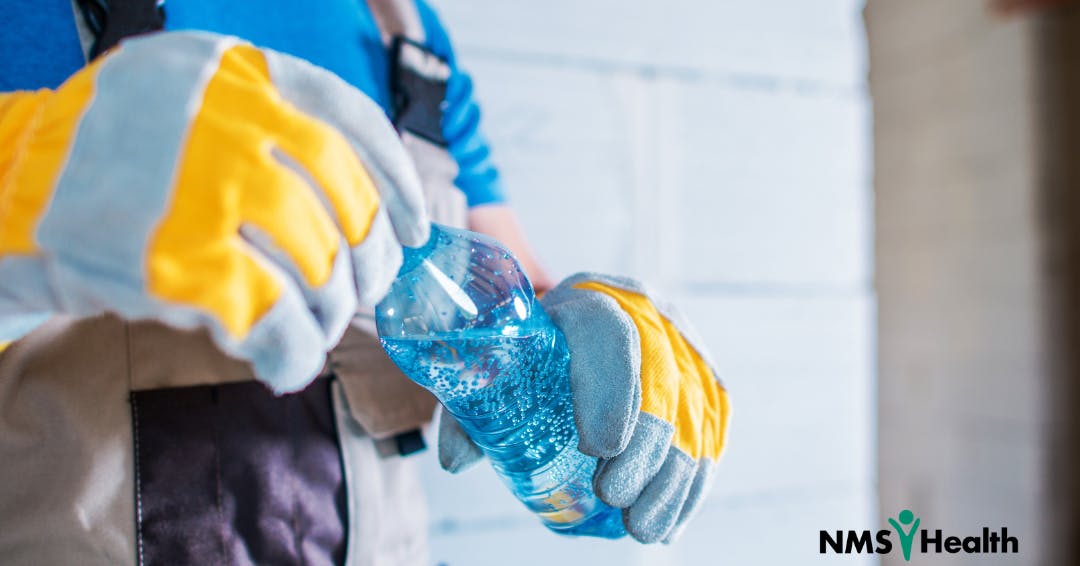2021 was the hottest summer ever recorded in the United States and before that, 2020 held the title for hottest summer on record. Unfortunately, this appears to be a pattern. The National Oceanic and Atmospheric Administration’s 2020 Annual Climate Report states that the combined land and ocean temperature has increased at an average rate of 0.14 degrees Fahrenheit per decade since 1880; however, the average rate of increase since 1981 has been more than twice that rate.
Because of these record-breaking temperatures, and the effects it can have on workers, the United States Department of Labor and the Occupational Safety and Health Administration are working on a standard to protect workers from heat hazards. In the interim, a National Emphasis Program (NEP) was instituted in April 2022 which will remain in effect until April 2025, or until cancelled or extended by another OSHA directive.
Despite there not being an official heat-related standard in place, employers are responsible for providing a work environment free from hazards that are likely to cause death or serious harm to employees. The NMS Health Worker Heat Safety Checklist provides tips to keep your employees safe during the hotter months.

Allow workers to acclimate to the heat
Heat acclimatization is the process of the body going through physiological changes that allow it to better handle increased temperatures – sweat rate increases, heart rates lower, and core temperature begin to decline. Allowing employees to ease into hot environments, decreases the risk of heat-related illnesses. Current employees will have to undergo this process yearly, and plans need to be made for new employees as they begin work.
Make sure drinking water is readily available
Hydration is key for keeping employees healthy, safe, and productive. Employees should be drinking at least one quart, or four cups, of water per hour when working in increased temperatures and humdity. Water should be located at multiple locations in a worksite, and employees should be encouraged to rehydrate as needed.
Provide shaded areas for rest
When possible, strenuous tasks should be performed in the morning or late afternoon hours, and avoided between 10am and 2pm, when the sun is in its highest position. Rest periods of at least ten minutes should be provided every two hours, in a shaded area. Shade can be natural or artificial, like under a canopy or trees. Shade is not considered adequate, however, when heat in the area does not allow the body to cool such as in the inside of a car or building with poor air conditioning or ventilation. Employees should also be encouraged to take extra periods of rest if they are experiencing symptoms of heat stress and to remove any extra layers of clothing that are restricting the evaporation of sweat.
Institute a buddy system
Sometimes, it’s difficult for workers to recognize when they are experiencing heat-related illness. Having your employees work in pairs ensures that if someone begins to exhibit any symptoms of heat stress, there is someone nearby to assist and access proper care. Some symptoms to look out for are:
- Headache
- Dizziness
- Fainting
- Confusion
- Excessive sweating and pale complexion
- Goose bumps when in high temperatures
- Fast breathing or pulse
To learn more about the risks of heat illness and keeping your employees healthy and safe, please check out our blog post, Worker Heat Health and Safety.


